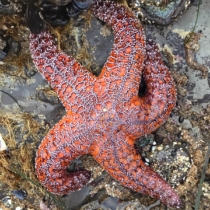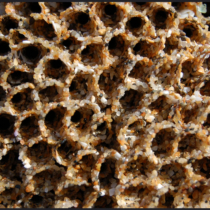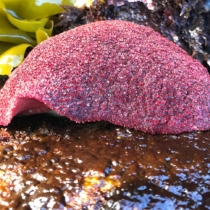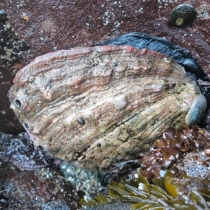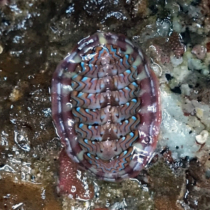Our group research question was, “What is the abundance of Recruits, compared to adult Males and Females, over Time (from 2003-2013) at Ocean Beach from the data collected by a specific school?” Basically, we asked if the number of juvenile sand crabs (aka recruits) has had any significant changes compared to the number of mature adults that are on the beach.
Your initial reaction to this question might be to ask, “Why should we care?”, because until now there’s a large chance you didn’t even know sand crabs existed. To answer that question our group had to take a step back, and understand the crabs role in the marine community. We have since learned that they are important food sources for the shore birds, and local fish so their populations reflect how those predators and even the crabs’ prey are doing. So, by tracking sand crab population,s scientists are able to keep tabs on how healthy places like Ocean Beach are, and to see if that marine community needs more attention.



